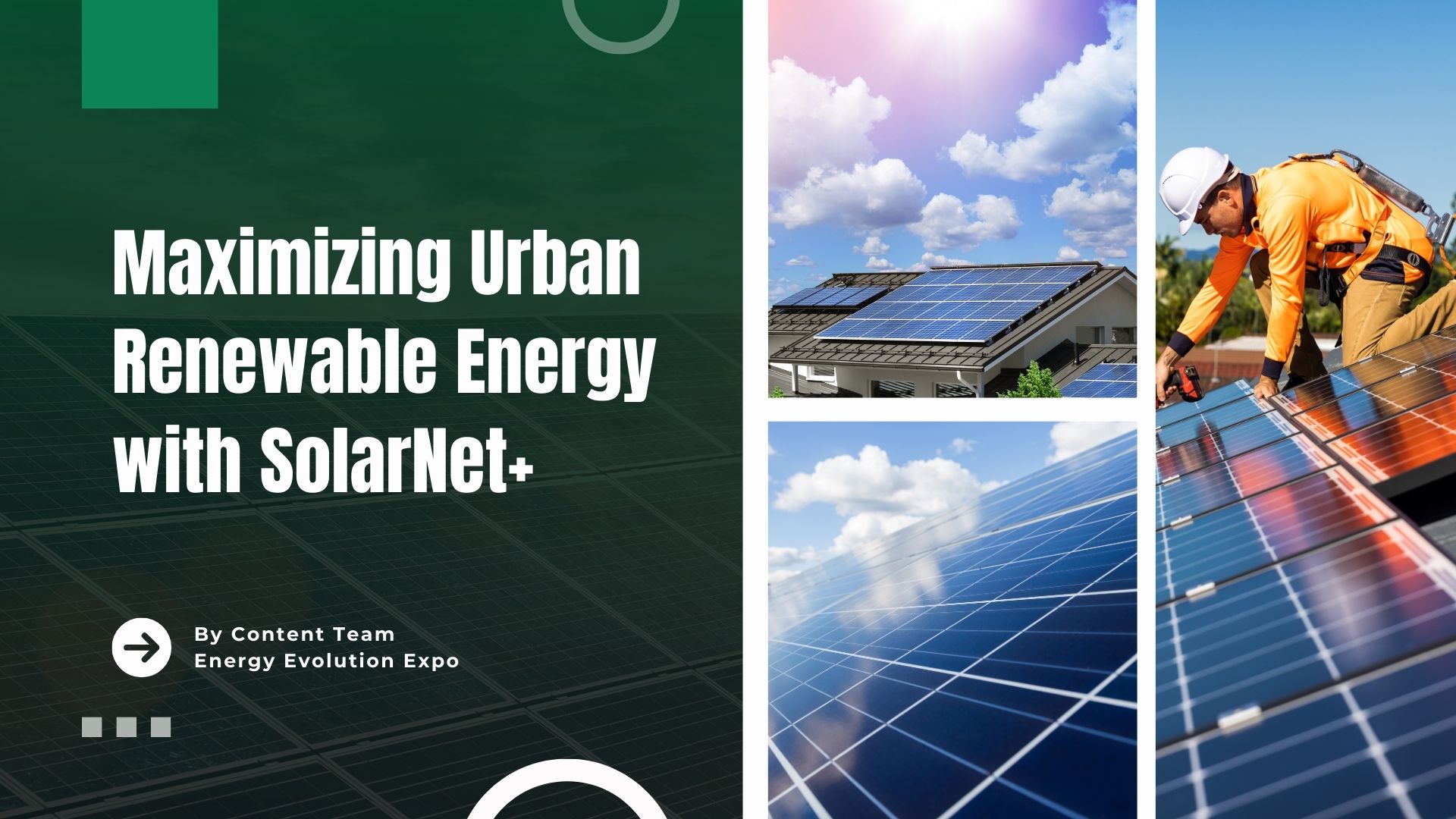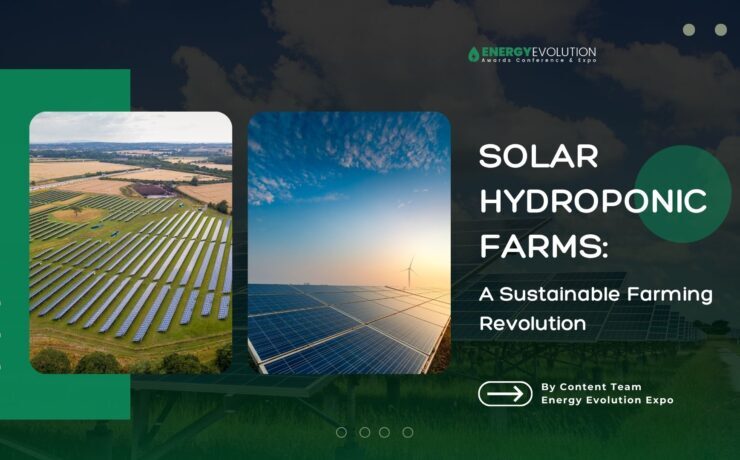Maximizing Urban Renewable Energy with SolarNet+

In the face of escalating climate change and the urgent need to transition to sustainable energy sources, urban centers are at the forefront of adopting innovative renewable energy solutions. Among these, solar energy stands out due to its accessibility, declining costs, and technological advancements. One groundbreaking initiative that exemplifies this shift is SolarNet+, a comprehensive framework aimed at maximizing the deployment and efficiency of solar energy in urban environments.
An Introduction to SolarNet+
An Introduction to SolarNet+
SolarNet+ is a multifaceted approach designed to integrate solar energy seamlessly into the urban fabric. It leverages advanced technologies, community engagement, and policy support to create a robust network of solar installations across cities. The core philosophy of SolarNet+ is to harness the vast, untapped potential of urban rooftops, public spaces, and even building facades to generate clean, renewable energy. This initiative not only addresses the energy needs of urban populations but also contributes significantly to reducing greenhouse gas emissions and promoting sustainable urban development.
The Urgency of Urban Renewable Energy
The Urgency of Urban Renewable Energy
Cities are major consumers of energy, accounting for over 70% of global CO2 emissions. The high concentration of buildings, infrastructure, and human activities makes urban areas both a challenge and an opportunity in the transition to renewable energy. The growing urban population exacerbates the demand for energy, making it imperative to adopt sustainable solutions that can meet this demand without compromising the environment.
Solar energy offers a promising solution. With the declining cost of photovoltaic (PV) panels and advancements in energy storage and grid integration, solar power has become more viable than ever. SolarNet+ aims to capitalize on these advancements by creating an interconnected network of solar installations that can efficiently distribute energy across urban landscapes.
Key Components of SolarNet+
Key Components of SolarNet+
1. Rooftop Solar Panels: The widespread installation of rooftop solar panels is a cornerstone of SolarNet+. Residential, commercial, and industrial buildings provide vast expanses of unused space that can be converted into energy-generating assets. By incentivizing property owners to install solar panels, SolarNet+ aims to create a decentralized energy grid that reduces reliance on fossil fuels.
2. Community Solar Projects: Not all buildings are suitable for solar installations due to structural limitations or shading issues. Community solar projects offer a solution by allowing multiple households and businesses to invest in a shared solar facility. Participants receive credits on their energy bills proportional to their share of the solar output, making solar energy accessible to those who cannot install panels on their own properties.
3. Public Space Utilization: Urban areas contain numerous public spaces such as parks, parking lots, and government buildings that can host solar installations. SolarNet+ promotes the use of these spaces for solar projects, providing dual benefits of renewable energy generation and shade or covered parking.
4. Building-Integrated Photovoltaics (BIPV): BIPV involves integrating solar panels into the building materials themselves, such as solar shingles, windows, and facades. This innovative approach allows buildings to generate energy without compromising aesthetics or space. SolarNet+ encourages the adoption of BIPV in new constructions and retrofitting existing structures.
5. Smart Grid Integration: Efficient energy distribution is crucial for the success of urban solar projects. SolarNet+ emphasizes the development of smart grids that can manage the flow of electricity from multiple sources, balance supply and demand, and store excess energy for later use. Advanced metering infrastructure and real-time data analytics play a key role in optimizing grid performance.
Applications of SolarNet+: Few Examples
Applications of SolarNet+: Few Examples
1. New York City’s Solarize NYC Program
New York City has been a pioneer in urban renewable energy initiatives. The Solarize NYC program is a perfect example of how community solar projects can thrive in an urban environment. This program helps neighborhoods and communities band together to negotiate lower rates for solar installations. By pooling their buying power, participants can achieve significant cost savings and make solar energy more affordable.
The program also addresses the unique challenges of New York City’s dense urban landscape. For instance, some buildings are not ideal for solar panels due to shading from taller structures. In such cases, community solar projects provide an alternative, allowing residents to invest in off-site solar farms and receive the benefits.
2. Los Angeles’ Feed-in Tariff (FiT) Program
Los Angeles has implemented a Feed-in Tariff (FiT) program that incentivizes property owners to generate solar energy and sell it back to the grid. This initiative has led to the installation of numerous rooftop solar panels across the city. By providing a guaranteed payment for the electricity generated, the FiT program reduces financial risks for investors and accelerates the adoption of solar energy.
The FiT program has been particularly successful in commercial and industrial sectors, where large rooftop spaces are available. These installations contribute to the city’s renewable energy goals and provide a reliable income stream for property owners.
3. The Green Roof Initiative in Toronto
Toronto’s Green Roof Initiative mandates the installation of green roofs on new buildings. While primarily aimed at reducing urban heat islands and improving stormwater management, this policy also creates opportunities for integrating solar panels. Combining green roofs with solar panels, known as biosolar roofs, enhances the efficiency of both systems. The plants help cool the solar panels, improving their performance, while the panels provide shade that reduces water evaporation from the plants.
4. Solar Carports in Amsterdam
Amsterdam has embraced the concept of solar carports, which are structures built over parking lots with solar panels on top. These installations serve a dual purpose: generating renewable energy and providing shaded parking spaces. The city has numerous solar carports, including at public transit stations and commercial centers. This approach maximizes the use of available space and integrates renewable energy generation into everyday urban life.
Benefits of SolarNet+
Benefits of SolarNet+
1. Environmental Impact: SolarNet+ significantly reduces greenhouse gas emissions by replacing fossil fuel-based energy with clean solar power. This transition helps mitigate climate change and improve air quality in urban areas.
2. Energy Security: By decentralizing energy production, SolarNet+ enhances energy security and resilience. Cities become less reliant on external energy sources and are better equipped to handle disruptions in the energy supply.
3. Economic Opportunities: The widespread adoption of solar energy creates numerous economic opportunities, from job creation in the solar industry to cost savings for consumers. SolarNet+ stimulates local economies and promotes green growth.
4. Community Engagement: SolarNet+ fosters community engagement by involving residents and businesses in the transition to renewable energy. Community solar projects and local incentives encourage collective action and strengthen community bonds.
5. Urban Aesthetics and Functionality: Innovations like BIPV and solar carports enhance urban aesthetics and functionality. These solutions integrate seamlessly into the urban environment, providing energy generation without compromising space or design.
Challenges and Solutions
Challenges and Solutions
Despite its numerous benefits, the implementation of SolarNet+ faces several challenges.
1. High Initial Costs
Financing options such as power purchase agreements (PPAs), leases, and government incentives can mitigate the high upfront costs of solar installations. These options allow property owners to spread the cost over time or reduce it through subsidies.
2. Regulatory Barriers
Streamlining permitting processes and updating building codes to accommodate solar installations can reduce regulatory barriers. Policymakers need to collaborate with industry stakeholders to create a supportive regulatory environment.
3. Grid Integration
Developing advanced smart grid technologies and energy storage systems can address the challenges of grid integration. These technologies enable efficient energy distribution and storage, ensuring a stable and reliable energy supply.
4. Public Awareness and Acceptance
Public awareness campaigns and education programs can highlight the benefits of solar energy and address misconceptions. Engaging community leaders and influencers can also help build trust and support for SolarNet+ initiatives.
The Future of SolarNet+
The Future of SolarNet+
As technology continues to advance and the urgency of climate action grows, the potential of SolarNet+ to transform urban energy systems is immense. Innovations in solar panel efficiency, energy storage, and grid management will further enhance the viability and impact of urban solar projects. Moreover, as more cities adopt similar initiatives, the collective impact on global renewable energy adoption will be profound.
SolarNet+ represents a holistic approach to maximizing urban renewable energy with solar energy at its core. By leveraging technology, community engagement, and policy support, SolarNet+ can turn cities into powerhouses of clean energy generation. This transformation is not only crucial for mitigating climate change but also for creating sustainable, resilient, and livable urban environments for future generations.
In conclusion, the successful implementation of SolarNet+ in urban centers requires collaboration among various stakeholders, including governments, businesses, and communities. By working together, we can overcome the challenges and unlock the full potential of solar energy, paving the way for a greener, more sustainable future. We need to keep up with all recent innovations to reap maximum benefits and to facilitate a better understanding of the latest developments and trends in the Renewable energy Industry, various Conferences and Expos, which bring Industry leaders together, serve as an all-inclusive platform.
The Energy Evolution Awards, Conference, and Expo organized by Next Business Media is making its debut in Spain in 2025. It will be a leading forum dedicated to honoring excellence in Energy Technology, showcasing innovations, and fostering collaborations. The events unite industry leaders, and visionaries to explore the latest advancements, tackle key challenges, and shape the future of Energy. The Energy Evolution Awards, Conference, and Expo will celebrate outstanding achievements, promote sustainable practices, and drive the Energy Industry forward into a technologically advanced sustainable era. Energy Evolution Awards, Conference, and Expo will be a platform for cultivating innovation and shaping a brighter, more efficient energy landscape.






